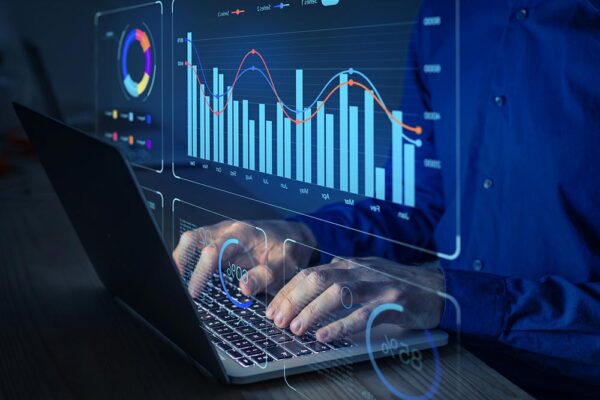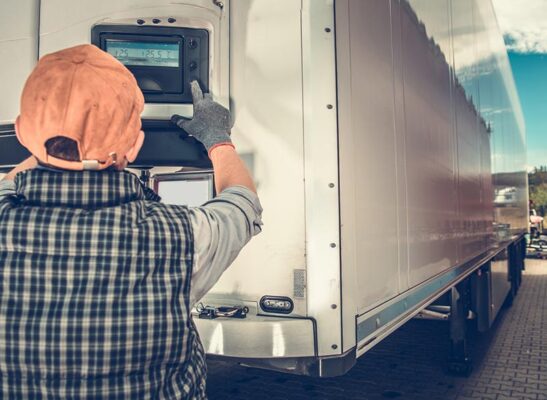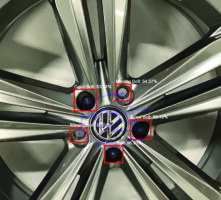A Guide to IoT Analytics: Benefits and Use Cases
By Bill Dykas
September 14, 2023

When discussing Internet of Things (IoT) analytics, people tend to think of artificial intelligence (AI) and machine learning (ML). However, the most basic form of IoT data analytics is detecting anomalies and trends.
In an immediate sense, real-time analytics in IoT look at data to see if something is statistically crossing an established threshold. These thresholds provide better visibility, allowing businesses to react quickly to changes.
A time series method takes large pools of data and examines multiple variables to determine if there are any patterns. By probing these trends, companies can:

IoT data analytics can be divided into two types:
The former usually refers to health, safety, location and maintenance. For example, if there is a battery-powered sensor in the field, it’s critical to know the state of the device’s power level. The signal strength would be relevant if it is a wireless- or cellular-based device.
An example of device-generated data would be a temperature sensor that tracks the internal environment of a refrigerated vegetable truck. You can monitor this data to prevent products from spoiling, thereby avoiding loss of potential revenue.
There are six elements of IoT analytics:
While there are many use cases, here are several impressive examples of industrial IoT analytics.

The data generated from telematics devices on compact tractors and loaders is sent to a data orchestrator, which moves it to a resource planning system. Then, the customers can use this data in a product life cycle management application to track the performance of their equipment’s engine and maintenance level.
The customer can also send the data to the dealer network application. Here, data thresholds can serve anti-theft purposes (e.g., why did the vehicle start at midnight, why is it far from a geolocation, etc.).

When wheels are installed on a car in an assembly line, an AI and ML inference engine can recognize if a wheel is missing a lug nut or has a scratch. It can trigger a ticket system without human intervention. In this scenario, the AI and ML inference engine and supporting camera are connected to the deviceWISE® IIoT platform, powered by Telit Cinterion. deviceWISE empowers factory operators to:
With deviceWISE EDGE, you can connect plant floor devices and integrate enterprise systems and business services without custom code. Speak with our experts to get your manufacturing plant IIoT-ready.